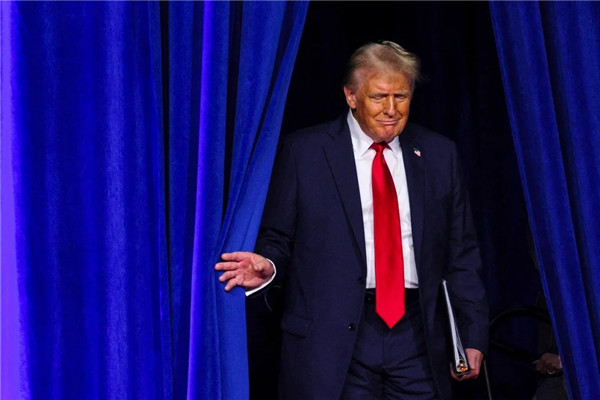【Global Times】Education can be effective channel to bring China, India closer
January 09 , 2018China receives more Indian students than the UK, according to India’s TNN. New Delhi ranks among the top 10 nations sending the highest number of students to Chinese varsities, the report claimed, adding that China has now become another most favored country of international students after the US.
Although the Beijing-New Delhi relationship has been mired in difficulties following the Doklam standoff and the Indian drone’s intrusion into China’s airspace, the two countries have seen close educational and cultural exchanges in recent years.
China has become an increasingly popular destination for Indians leaving their shores for higher education, especially with the advent of the Belt and Road initiative. While the Indian government is reluctant to join the initiative, preferential policies being offered by China to countries along the route are undoubtedly appealing, attracting Indian students to study and work here. In addition, Chinese universities are progressing up the global rankings and thus enjoy more credibility with international students than before.
The number of Indian students studying in China has increased more than 20 percent, according to a survey co-commissioned by the Center for China & Globalization(CCG), Southwestern University of Finance and Economics and the Chinese Academy of Social Sciences in 2017.
As a vital channel to enhance mutual understanding, education is of particular significance for the improvement of the Sino-Indian ties. Moreover, many Indian students are looking to pursue careers in medicine and engineering, and may choose to work in China, a country with advanced medicine and engineering industries, after graduation. Intense educational communications can play an important role in helping Indians to know more about China, an effective means to lower tensions in Beijing-New Delhi relations.
As emerging powers, the two countries should learn from each other, and cooperate for joint development. Last year, India’s largest IT educational company, the National Institute of Information Technology, opened a training center in China’s Guizhou Province for big data professionals. Cooperative projects like this should be encouraged and supported so as to deepen mutual understandings and improve people-to-people exchanges.
Chinese educational institutions, on the other hand, should encourage and send more students to India. Some Indians complain that the number of Chinese students in India lags far behind their students at Chinese varsities. More preferential policies should be introduced to boost two-way educational communications. In the meantime, a safer environment in India may help it attract more international students, in which the country should invest more efforts.
In general the two countries are seeing rapidly growing educational and cultural exchanges these years, the effects of which on the Sino-Indian relationship are inestimable.






